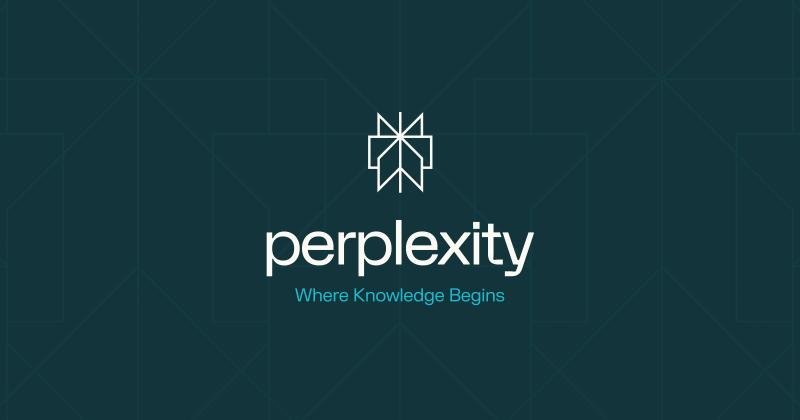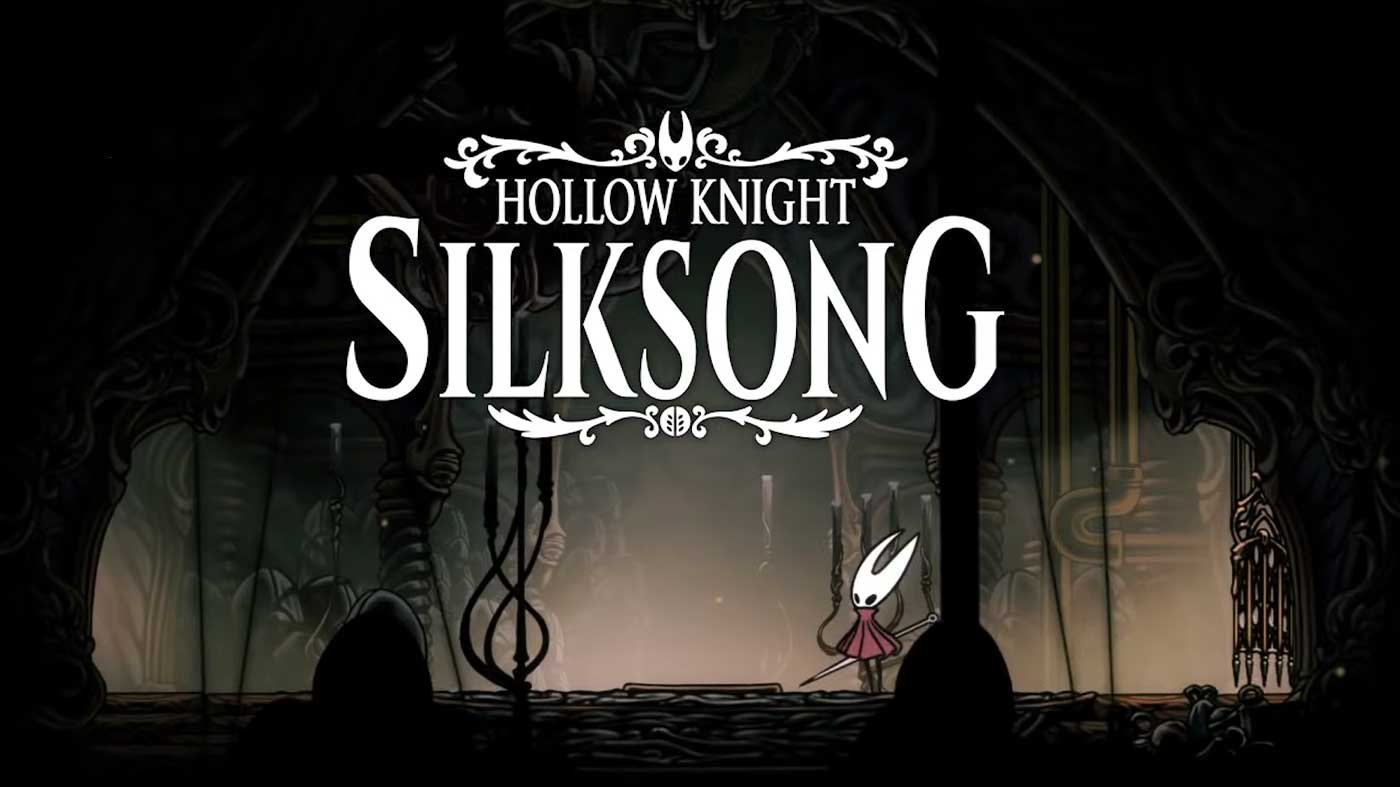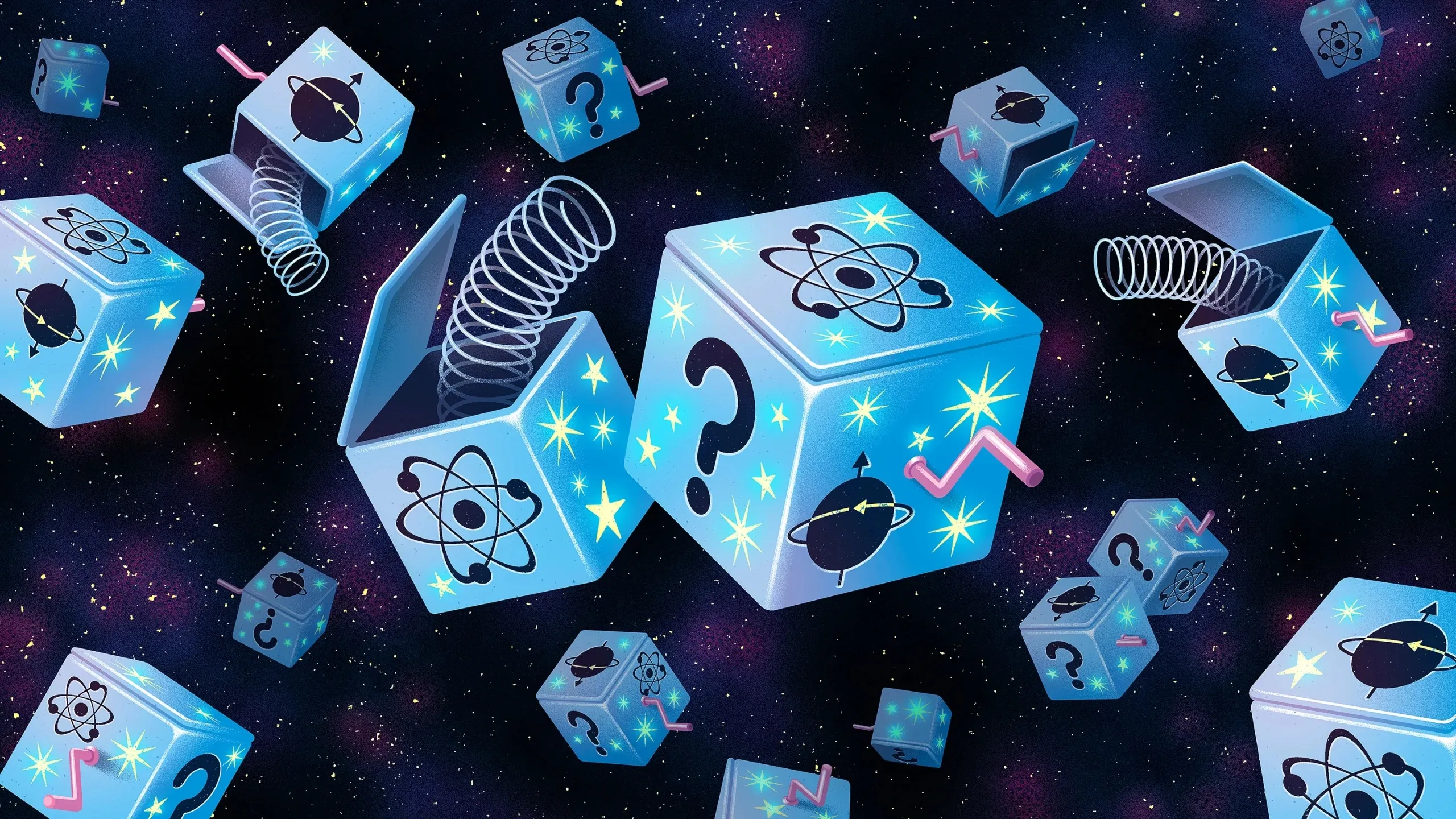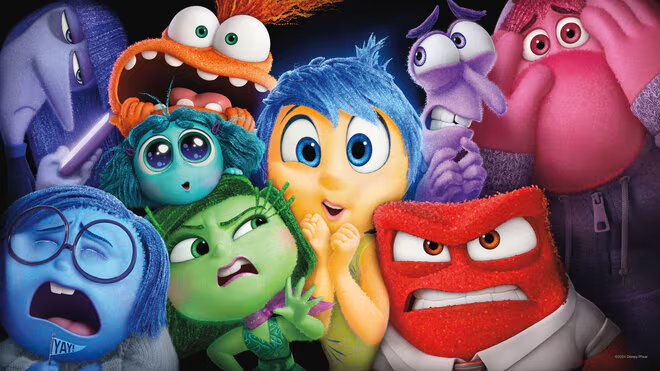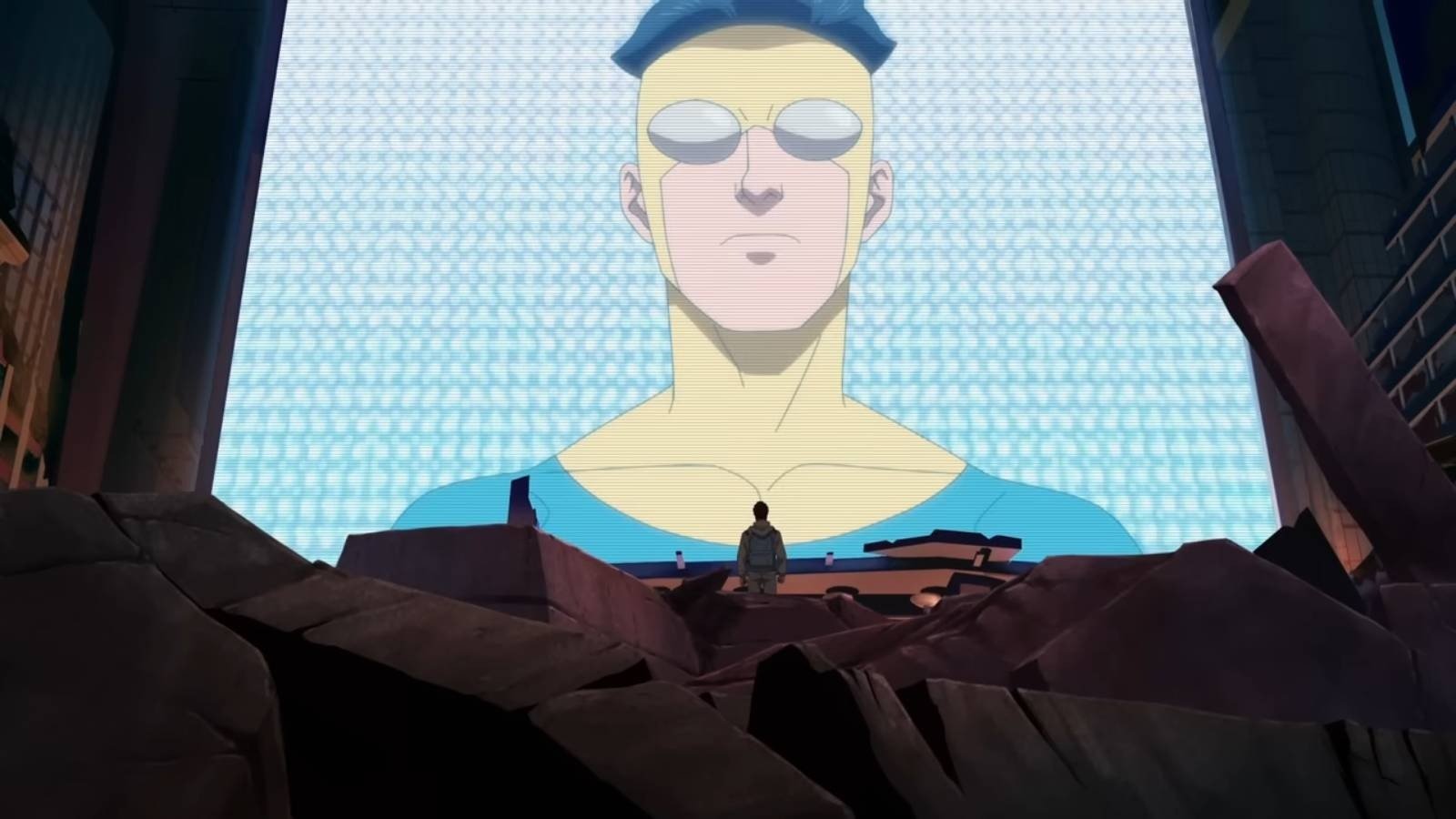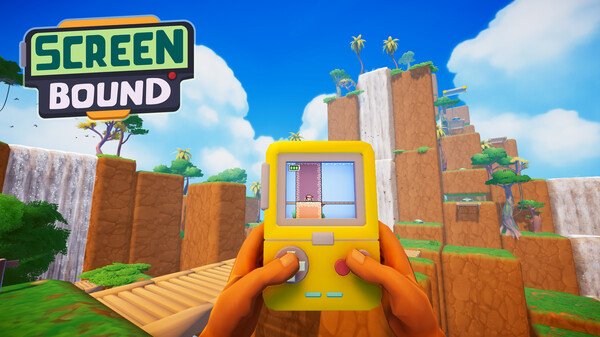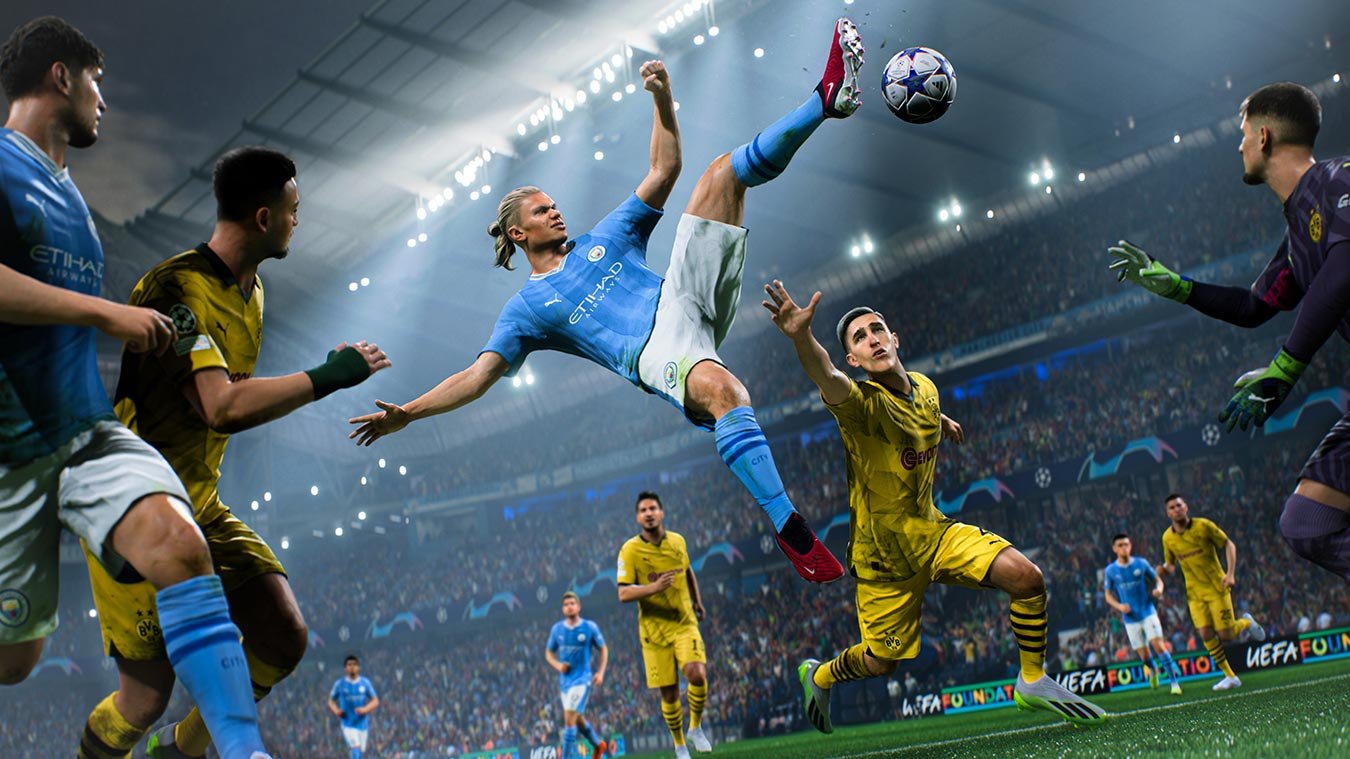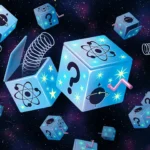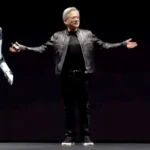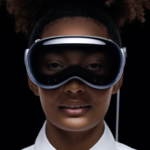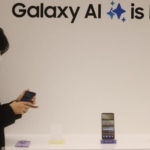What is Nvidia’s Generative Physical AI?
In the past year, Nvidia has positioned itself at the forefront of the AI. This goes hand in hand with…

In the past year, Nvidia has positioned itself at the forefront of the AI. This goes hand in hand with their recent announcement of “Generative Physical AI”, a technology that promises to revolutionize how robots learn and function.
Key Takeaways:
- Nvidia’s new technology trains robots in realistic computer worlds to perform complex tasks in the real world simply by following instructions.
- Robots practice in safe, virtual environments millions of times before they try things in the real world, avoiding mishaps.
- Nvidia provides supercomputers to train the AI, tiny computers for robots to use the AI, and a special world (Omniverse) for robots to practice.
- This technology could change many industries by making robots smarter and more helpful for all jobs.
Understanding Generative Physical AI
Generative Physical AI entails AI models that can take instructions and perform complex tasks in the real world. These models use Large Language Models (LLMs) in the robot’s ability to perceive, understand, and interact with the world around it. Robots equipped with this technology can learn from humans to perform fine tasks.
Reinforcement Learning and Simulation Environments
A crucial technology for generative physical AI is “reinforcement learning.” Generative physical AI uses reinforcement learning by taking human feedback in simulated environments. These virtual worlds, commonly called ‘robot gyms,’ provide a place for robots to learn and develop skills while preserving human safety. Performing millions of trials, robots develop dynamic capabilities.
Nvidia Omniverse: The Operating System for Robots
Nvidia has developed what it calls the “Omniverse” as a platform for creating and training physical AI. Omniverse fuses real-time, physics-based rendering and generative AI technologies into a cohesive environment for the development of robots. Robots learn various tasks inside the Omniverse, such as precise object manipulation or autonomous navigation.
The Role of AI Supercomputers
Robots powered by generative physical AI require three technologies:
- Nvidia AI Supercomputers will train AI models that will eventually guide the robots. To do this effectively, the AI models are trained on massive databases. This data could include physics simulations, 3D object models, and even real-world recordings of human actions. Through this training, the AI models learn to recognize objects, understand instructions, and plan the necessary steps for robots to complete tasks.
- Nvidia Jetson Orin and Next Generation Jetson Thor will act as the computer’s brain, putting the skills learned from the simulations into action.
- Nvidia Omniverse is a powerful platform designed to develop robots powered by GPAI.
Transforming Industries with Generative Physical AI
With their announcement of generative physical AI, Nvidia promises to revolutionize AI and introduce robots into all facets of human life. This development arrives among growing ethical debate over the role of AI in the real world and its frightening speed of development.
FAQ on Nvidia’s Generative Physical AI (GPAI)
What is Generative Physical AI?
GPAI is a robot training method that combines simulated environments with reinforcement learning. Robots learn by performing tasks and receiving feedback in a virtual world before being deployed in the real world.
How does GPAI differ from traditional robot training?
Traditional methods often rely on human demonstrations or pre-programmed behaviors. GPAI emphasizes physical interaction and allows robots to learn through trial and error in a simulation.
What is the role of Large Language Models (LLMs) in GPAI?
LLMs may improve a robot’s understanding and response to instructions, potentially enhancing its interaction with the environment.
What are the benefits of Nvidia’s GPAI ecosystem?
Nvidia offers a comprehensive suite of tools, including training hardware, development platforms (Omniverse, Isaac), and embedded systems (Jetson) for running AI models on robots.
How will GPAI transform industries?
By enabling more capable and adaptable robots, GPAI has the potential to improve efficiency and automation in various sectors, such as manufacturing, healthcare, and logistics.
More on AI:

